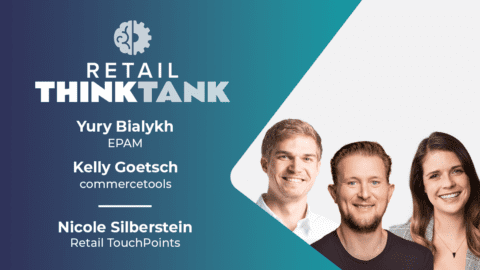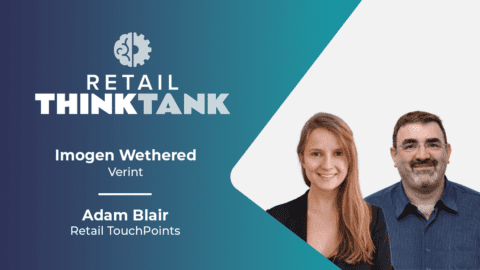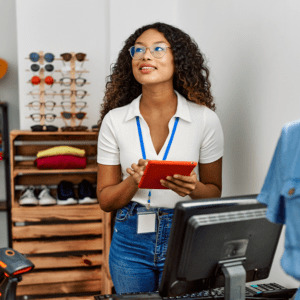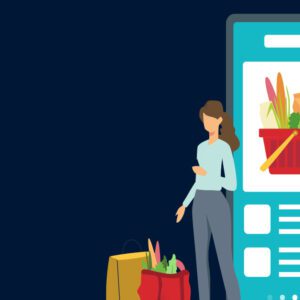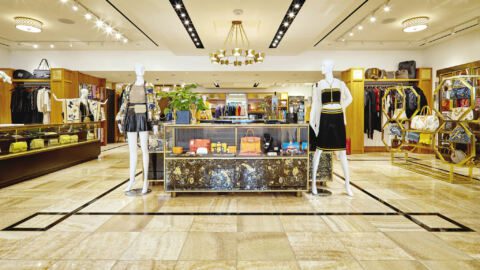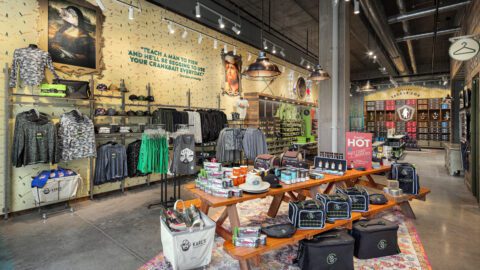It started with COVID, and it hasn’t stopped — consumer shopping behaviors continue to rapidly shift even as the pandemic moves into the realm of memory. For brands and marketers, it’s hard, nigh impossible, to keep up with how and where consumers are shopping today, but media planning and buying platform Infillion tried.
The results of Infillion’s new research into the modern customer journey, shared exclusively with Retail TouchPoints, illuminate some of the most dramatic shifts in how consumers are shopping today and how brands can respond, including:
- Shopping is no longer an occasional behavior but something that consumers are now doing all the time, everywhere;
- Given how diverse and varied the customer journey has become, brands must now approach marketing as an “open dialogue” between themselves, past customers and future/potential customers; and
- Stores are still a core component of the customer journey, but stores need to fight harder to keep consumers’ attention once they get them through the doors.
Forget Awareness, Consumers are Constantly in Consideration Mode
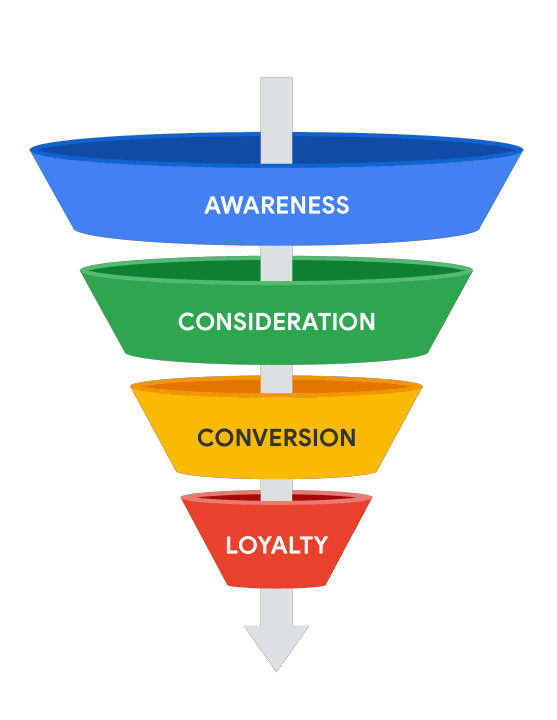
The traditional sales funnel sees consumers move in an orderly fashion from awareness of a brand or product to engagement and discovery (also called the consideration phase), then on to conversion and finally loyalty. But Infillion found that, just as McKinsey predicted years ago, the explosion of product choices and digital channels has turned that tried-and-true funnel into old news.
“The nature of the traditional funnel is that the top is the widest, that’s awareness, but in fact, our survey showed that consideration was the widest [point of the funnel] — 45% of respondents were in active consideration for different brands and products [compared to 6% who were in the awareness stage],” said Jennifer Barron, Director of Information and Analytics at Infillion in an interview with Retail TouchPoints. “Advertising, and information in general, is so ubiquitous now that people are constantly filing it all away in their head. They might not see an ad and go buy something that minute, but it’s back there in their brain. They’re in constant consideration mode, and a lot of times all it takes is a trigger [for them to decide] now’s the time to buy it.”
Advertisement
Indeed, the study — which over a one-week period in May 2023 surveyed 779 adults who had purchased a product or service from a new-to-them brand within the previous six months — made clear that shopping is now an ongoing part of daily life for most consumers, rather than an occasional, or often even intentional, behavior. Two-thirds of surveyed consumers reported ordering products every week, and a whopping 95% of respondents who had just purchased a product were already thinking about a new purchase.
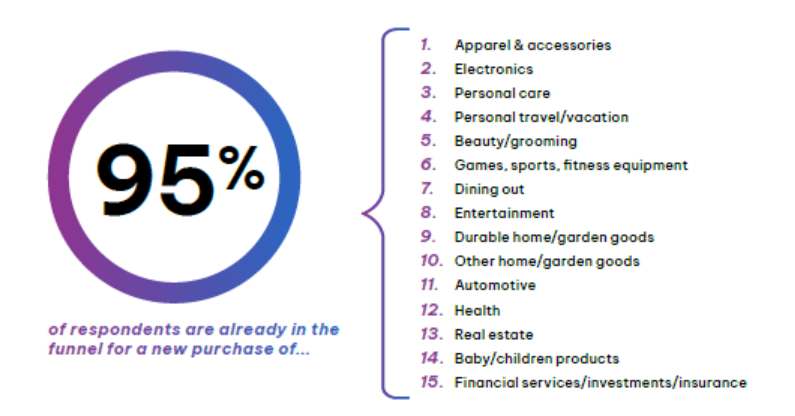
Which of course raises the question: how can brands make sure they are connecting with consumers at the right time with the right information? The short answer is that they can’t, at least with any level of accuracy. That final “purchase trigger” could come from any one of hundreds of unpredictable interactions throughout the course of a shopper’s day or week.
Instead, brands should focus on “keeping an open dialogue with consumers,” said Barron. “It’s a good news/bad news situation. The bad news is, it’s a fight to literally the very last minute before money is exchanged. The good news is, that means you’re always in the mix until that very last moment.”
The Diversification of the Customer Journey
Further highlighting the need for brands to take an always-on, conversational approach to their outreach (as opposed to the timed, tactical messaging of the past) is another staggering stat from the Infillion report — that consumers are influenced by 11 touch points on average before they make a purchase.
“That was just amazing to me, because common knowledge is that it’s three to four touch points, then someone’s aware and they convert, but that’s not even close,” said Barron. “There are definitely people who see an ad and buy right then, but the majority of shoppers see an ad and then look at reviews, ask friends, Google it and so on.”
Much of this extra activity is being driven by two major consumer shifts that Infillion highlighted, both of which tie back to consumers’ growing need for pre-purchase validation:
- The rise of “savvy truth seekers” who are looking for real-world, unbiased insights into how products look, feel and perform; and
- The growth of community consumerism, where consumers actively seek advice, opinions and recommendations from others before making a purchase.
Nearly half (47%) of respondents said they spend significant time reading reviews, researching features and comparing options before buying, and 24% actively seek out opinions from other shoppers, whether a friend, colleague or influencer.
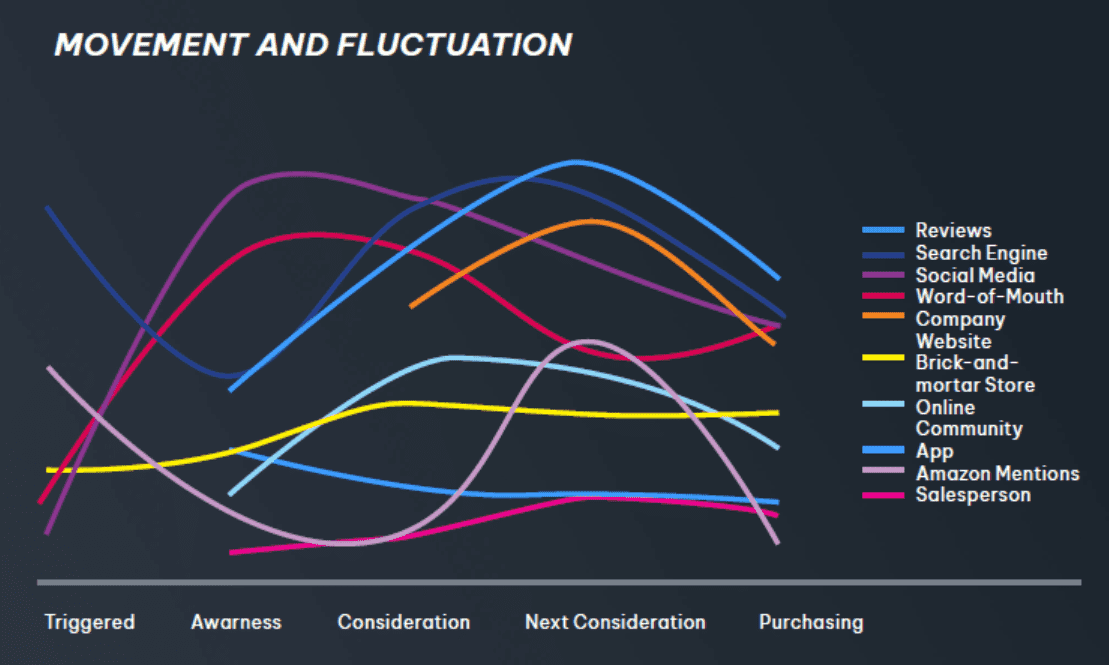
“Other people who’ve purchased your product can be the biggest testimonial and the biggest boon [to your business] across the board,” said Barron. “Yes, there are 11 touch points now, but a lot of them are the same touch points, just at different time periods.”
For example, social media was cited as the top touch point (40%) for driving awareness. Then, 61% said their likely next step would be an online search or to visit an online retailer (only a small percentage said they’d go straight to a brick-and-mortar store or ask others for advice at this point). As consumers progress through the consideration stage, other channels such as company websites and review or ratings repositories surge in importance, while things like social media and word-of-mouth become less important.
Despite this increasingly fluid customer journey, Infillion did identify six touch points that appear consistently at each stage of the customer journey: social media, word-of-mouth, search engines, customer reviews, brick-and-mortar stores and company websites.
Barron’s advice is to look for opportunities where brands can drive the conversation into their own channels rather than third-party sites like social media or Amazon: “[Look for ways] to stop consumers from going to Instagram to watch videos, and instead get them to watch the videos on your website,” she said. “Make sure that you are the repository for those reviews. How often have you seen a BuzzFeed article about the top 10 products in some category? Retailers shouldn’t be giving up that real estate to BuzzFeed, they should look for ways to control that themselves.”
The New Role of the Store
Despite how much of the customer journey now takes place online, Barron believes that stores still have a vital role to play in commerce. “Shopping in real life will never go away,” she said. “We are humans, and as humans we want connection. It’s a necessity, just as much as living and breathing.”
But that doesn’t mean retailers can rest on their laurels. As Barron pointed out, consumers may still be shopping in stores, but keeping their attention while they’re there is becoming harder and harder. “I would love to say that if you get them in the store, you’re golden, but that’s not necessarily the case,” she said. “One of the things that really struck me in the survey was how many people said they multi-task in stores. Checking prices and comparison shopping, that makes a lot of sense, but you know what else they’re doing? They’re checking their email, browsing social, listening to music, even playing games. When one in four consumers would rather play a game than be present in your store, that says to me that the store has to become more of an experience.”
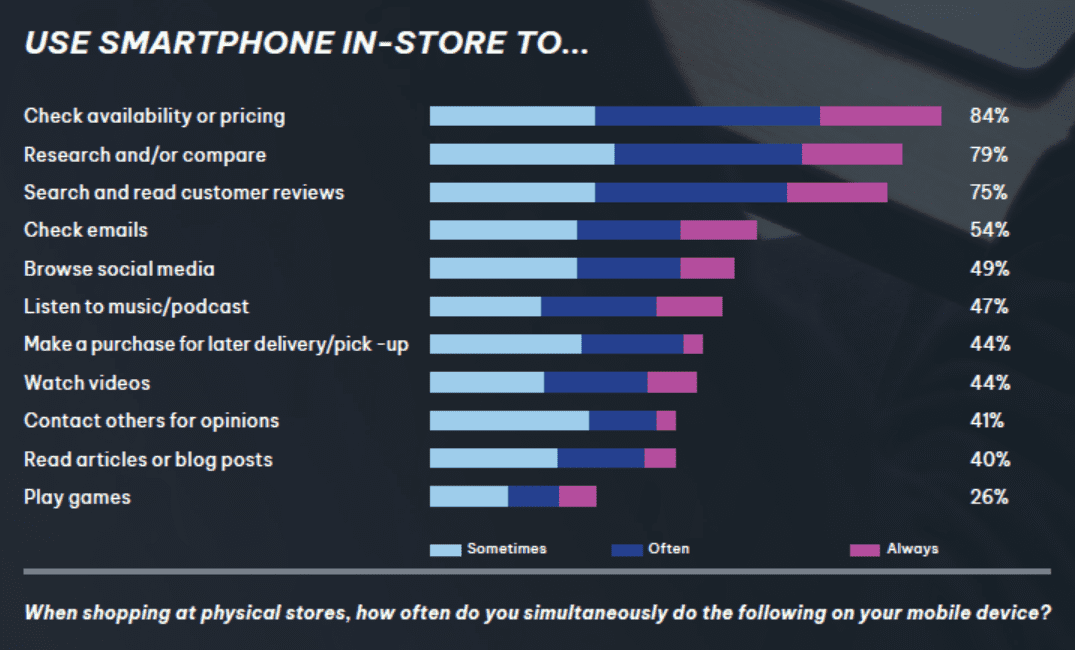
A staggering 99% of shoppers said they use their mobile phone in stores, and while the majority of what they’re doing is shopping-related, over half of the consumers surveyed said they also engage in completely unrelated tasks on their phone.
Interestingly, Apple, one of the companies behind the devices that have created this problem, also offers insight into how to solve it. Barron pointed to the unstructured flow of Apple stores as a way to keep shoppers’ attention: With sales associates at the ready anywhere a customer needs them, there are no boring lines to wait in, and the brand offers plenty of hands-on opportunities for shoppers to fill downtime and stay engaged and in the moment.
She also pointed to the trend of community consumerism as an opportunity for brands to “bring user-generated reviews into stores” via signage or digital displays, in order to “reinforce that customer approval” for in-store shoppers.
Still, Barron admits that “you can only control so much,” and so she has one final piece of advice for brands navigating today’s shopping free-for-all: “At the end of the day if you want to make sure your product is bought over others, you have to have the best product.” (Which also, incidentally, helps with all those reviews future customers will be checking out.)
Click here to view the full Infillion Customer Journey Research Report.





